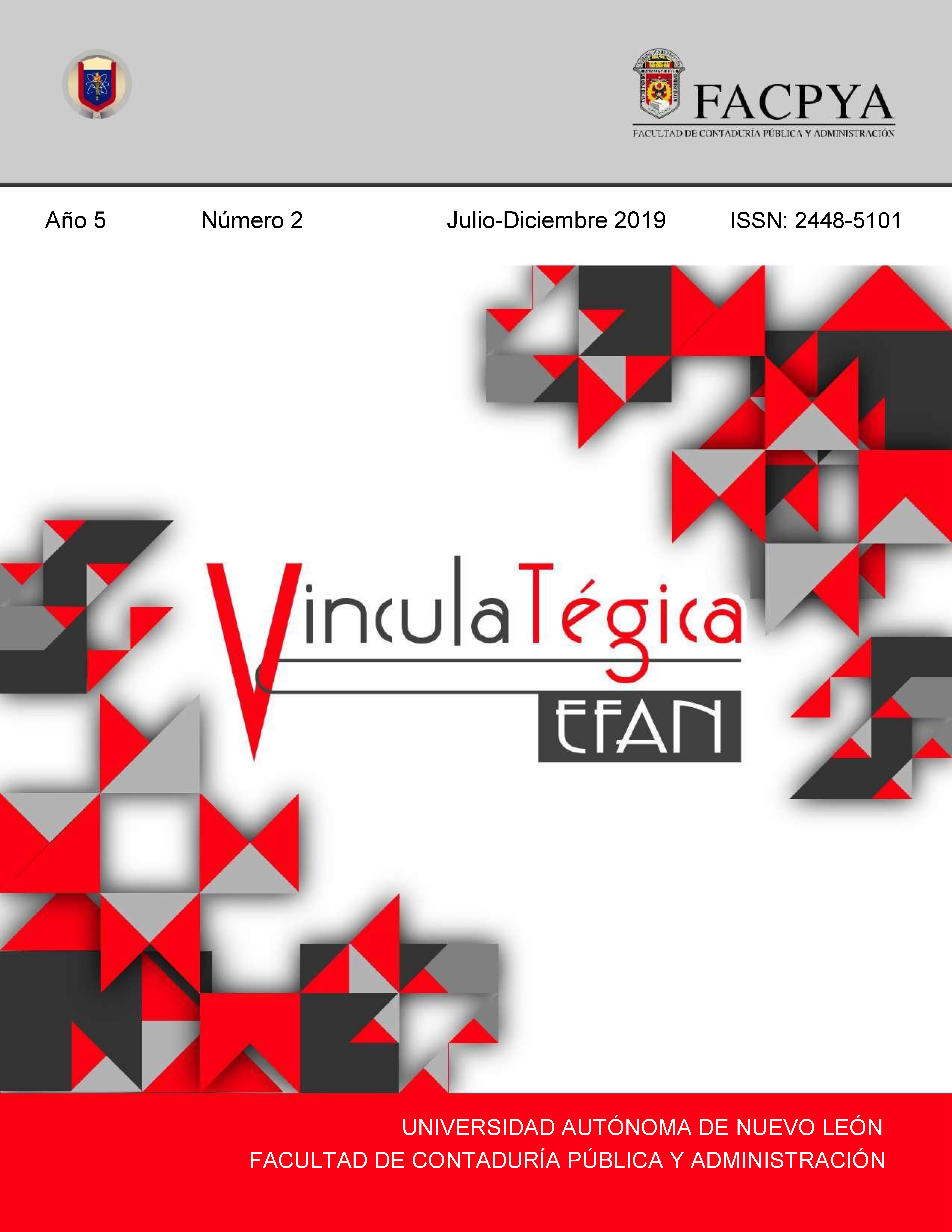Las tecnologías de la información y la comunicación y las tecnologías del aprendizaje y del conocimiento: adaptación al cambio digital
DOI:
https://doi.org/10.29105/vtga5.2-766Keywords:
aplicaciones, escenarios digitales, tecnología, TEP’sAbstract
This is a comparative analysis among two groups from first semester undergraduate, business common area in a business school, taking the same subject, considering both with similar characteristics and the same professor. The goal of this was to size the academic approach quality as well as collaborative and individual activities level, considering different learning tools and pedagogical resources, through academic progress instruments, in a blended learning-teaching model, within a traditional-IT model and a digital model; this last one as an approach to a new educational scenario in the digital era led through a controlled test methodology; getting conclusive results about the higher level of use of the academic approach since the implementation of planned guided technology towards to improve the learning process, where the central axe is an academic purpose and the use of the proper technology to obtain it.
Downloads
References
Cabero, J. (2007). Nuevas Tecnologías Aplicadas a la Educación. Madrid. McGraw Hill. 598
Cabero, J. (1998). Impacto de las nuevas tecnologías de la información y la comunicación en las organizaciones educativas. Universidad de Sevilla. Recuperado de https://cmapspublic2.ihmc.us/rid=1MZF0MGPJ-DW0C5JNB1S/TICS%20EN%20EDUCACION.pdf
Cabero, J. (2007). Nuevas Tecnologías Aplicadas a la Educación. Madrid. McGraw Hill.
Marcelo, C., Yot, C.; Sánchez, M., Murillo, P. y Mayor, C. (2011). Diseñar el aprendizaje en la universidad. Identificación de patrones de actividades. Revista de Currículum y Formación del Profesorado, 15 (2), 181-198
Meneses, G. (2007) Interacción y Aprendizaje en la Universidad. Tesis doctoral. NTIC, Universitat Rovira I Virgili.
Montero, L y Gewerc, A. (2010). De la innovación deseada, a la innovación posible. Escuelas alteradas por las TIC. Revista de Currículum y Formación del Profesorado, 14 (1), 303-318
Moya, M. (2013). De las TICs a las TACs: la importancia de crear contenidos educativos digitales. Didáctica, Innovación y Multimedia (DIM), (27). Sitio web: http://dim.pangea.org/revistaDIM27/docs/AR27contenidosdigitalesmonicamoya.pdf
Ocaña, M. (2013). La Integración de las TAC en Educación. Tesis. Universidad Internacional de La Rioja, Facultad de Educación.
Reig, D. (2012). Disonancia cognitiva y apropiación de las TIC. Revista TELOS (Cuadernos de Comunicación e Innovación) ISSN: 0213-08X I pp. 2/2 I Enero-Marzo 2012 I Sitio web: https://cmapspublic2.ihmc.us/rid=1MZF0MGPJ-DW0C5JNB1S/TICS%20EN%20EDUCACION.pdf
Rosario, J. (2006) TIC: Su uso como Herramienta para el Fortalecimiento y el Desarrollo de la Educación Virtual. Observatorio para la CiberSociedad Recuperado de: http://www.cibersociedad.net/archivo/articulo.php?art=221
Downloads
Published
How to Cite
Issue
Section
License

This work is licensed under a Creative Commons Attribution 4.0 International License.
a). Authors keep copyright and give the journal the right of the first publication of the work under a Creative Commons attribution license. This license allows others to share the work as long as original authorship and initial publication in this journal is acknowledged.
b). Authors may make other independent and additional contractual agreements for the non-exclusive distribution of the version of the article published in this journal (e.g., include it in an institutional repository or publish it in a book) as long as they clearly indicate that the work was published for the first time in this journal.







